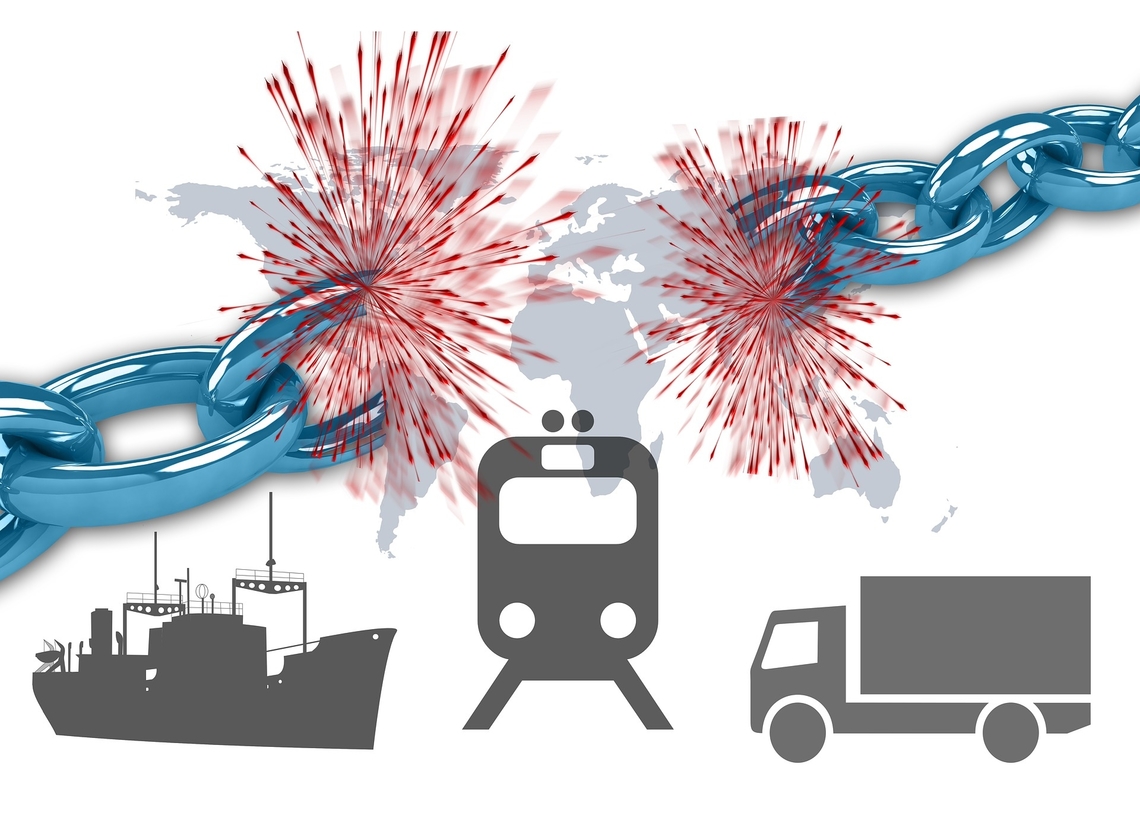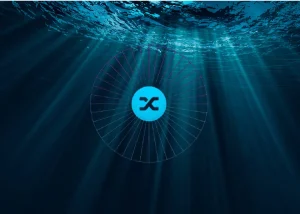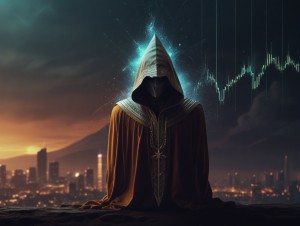TL;DR Breakdown
- Non-fungible tokens (NFTs) are digital possessions that can be exchanged over the internet.
- Virtual reality(VR) is a synthetic encounter that is completely distinct but not conceptually independent from the physical realm.
- NFTs can also be used to unlock experiences or services in virtual reality settings.
What are Non-fungible tokens ?
Non-fungible tokens (NFTs) are digital possessions that can be exchanged over the internet. NFTs are one-of-a-kind items that can only be owned by one individual. The commodity is solely owned by the owner, and he is the only one who can trade it. NFTs can vary from pretty much anything as long as they can be converted into a digital format. The value of NFTs is kept in the blockchain technology, making them future commodities.
Apart from non-fungibility, NFTs have grown to fame since they are one-off and have easy provenance. Trade is easy, direct, and decentralized hence no replicas and the quality is guaranteed.
The union of NFTs and Virtual Reality
Virtual reality(VR) is a synthetic encounter that is completely distinct but not conceptually independent from the physical realm. VR needs the use of gear including a VR headset, alongside other things, to explore a technology-generated environment. Users who are engaged in a virtual reality encounter are no longer aware of the actual world that surrounds them. A user may engage with three-dimensional objects and places, and other participants, in this simulated reality universe. To make the experience more realistic, virtual reality programs aim to replicate as many sensations as practicable.
NFTs being digital assets, need a digital platform to enable consumption. NFTs are rapidly being endorsed in different sectors of the economy. In art (where NFTs have been adopted most), the NFTs need VR galleries where an interested party can access the art, and sometimes the artist who came up with the piece. These virtual environments like Spatial and Cryptovoxels have grown into wide popularity during the pandemic period which resulted in lockdowns as people want to experience a part of the real world they are missing and to appreciate even better interior design.
NFTs can be used in the virtual world as assets. The tokens are controlled by smart contracts which are contained in the NFT‘s algorithm. However, the fact that these digital environments are still under development, it is safe to say that NFTs are a good trading option.
NFTs can also be used to unlock experiences or services in virtual reality settings. Smart contracts can be used to handle customization and payments. Aside from the sector with goods, the platform can also offer services. A service provider can supply services, such as instructions from a doctor sent as an NFT to his patient. The NFT’s components can be customized so that they can be reused and more people can benefit from it.
Users will be able to access a large range of capabilities by strategically using NFTs in the immersive experience. In these circumstances, complicated legal frameworks and arrangements can be developed. The protocols that regulate the NFTs will be open, contaminate-proof, and traceability in authenticity thanks to the supporting blockchain technology. Any future appeals system will be simplified and expedited as a result of this.





